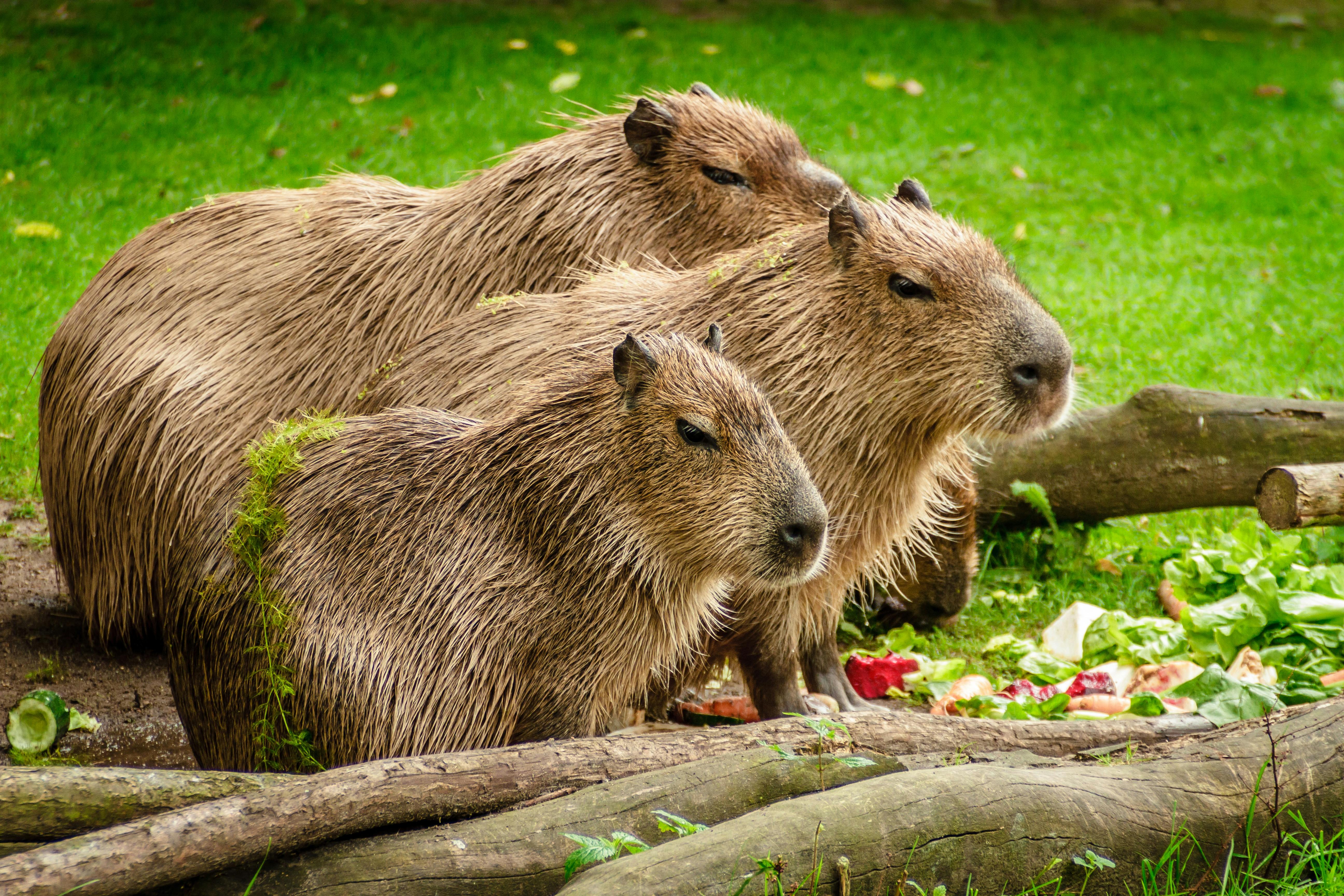The Surprising World of Capybaras as Household Companions
Imagine a dog-sized rodent with a gentle demeanor, lounging by your pool or cuddling up on your couch. This isn't a scene from a fantastical movie, but a growing reality for some animal enthusiasts who have embraced capybaras as unconventional pets. These large, semi-aquatic rodents native to South America are capturing hearts worldwide, challenging our perceptions of what makes an ideal household companion. Let's dive into the fascinating world of capybaras and explore why they're becoming an intriguing choice for adventurous pet owners.

In their native habitats, capybaras live in social groups near bodies of water, grazing on grasses and aquatic plants. Their gentle nature and social behavior have made them popular attractions in zoos and wildlife parks. This exposure has led to increased interest in keeping capybaras as pets, particularly in countries with more lenient exotic pet laws.
The transition from wild animal to household pet hasn’t been without controversy. Many argue that capybaras, being wild animals, are not suited for domestic life. Others point to their intelligence, sociability, and unique characteristics as reasons why they can thrive in a home environment with proper care and attention.
The Legal Landscape of Capybara Ownership
Before considering a capybara as a pet, it’s crucial to understand the legal implications. The legality of owning a capybara varies widely depending on location. In some countries and states, they are classified as exotic pets and require special permits. In others, they are completely prohibited.
In the United States, for example, capybara ownership laws differ by state. Some states like Texas and Pennsylvania allow capybara ownership with proper permits, while others like California and Georgia prohibit it entirely. It’s essential for potential owners to thoroughly research local laws and regulations before considering a capybara as a pet.
Internationally, the picture is equally complex. Some countries have embraced capybara ownership, while others have strict regulations or outright bans. In Japan, for instance, capybaras have gained popularity as exotic pets, with some cafes even featuring capybara interactions.
The Unique Needs of a Capybara Pet
Capybaras are not your average household pet, and their care requirements reflect this. These large rodents can weigh up to 150 pounds and require significant space to roam and swim. A suitable enclosure for a capybara should include both land and water areas, mimicking their natural habitat.
Diet is another crucial consideration. In the wild, capybaras are herbivores, primarily grazing on grasses. As pets, they require a diet rich in fiber, including hay, fresh vegetables, and specially formulated pellets. Their teeth grow continuously, so they need ample opportunity to chew and grind their food.
Perhaps one of the most unique aspects of capybara care is their need for water. These semi-aquatic animals require regular access to water for swimming and temperature regulation. Many capybara owners install small pools or ponds in their yards to meet this need.
Capybaras are also highly social animals. In the wild, they live in large groups, and as pets, they crave companionship. This means they require significant time and attention from their owners, and some experts suggest keeping them in pairs to meet their social needs.
Health Considerations for Capybara Pets
Keeping a capybara healthy requires specialized veterinary care. Not all veterinarians are equipped to treat these unique animals, so potential owners must ensure they have access to a vet with experience in exotic pet care.
Common health issues in capybaras include dental problems, parasites, and skin conditions. Regular check-ups are essential, as is maintaining proper hygiene in their living space. Their semi-aquatic nature means their enclosures can become breeding grounds for bacteria if not properly maintained.
Capybaras also require regular grooming. Their coarse fur can become matted, and their nails need trimming. Some owners report that their capybaras enjoy being brushed, which can be a bonding experience.
One health consideration often overlooked is the capybara’s sensitivity to stress. These animals can become anxious in unfamiliar or chaotic environments, which can lead to health issues. Creating a calm, stable environment is crucial for their well-being.
The Social Impact of Capybara Ownership
The rise of capybaras as pets has had interesting social implications. Social media platforms are filled with images and videos of these charismatic creatures, often shown interacting peacefully with other pets or lounging in domestic settings. This exposure has led to increased interest in capybara ownership, but it has also raised concerns about the ethics of keeping wild animals as pets.
Capybara owners often report forming strong bonds with their unusual pets. Many describe their capybaras as affectionate, intelligent, and even dog-like in their behavior. However, it’s important to note that these are still wild animals with instincts and behaviors that may not always align with domestic life.
The growing trend of capybara ownership has also sparked discussions about exotic pet ownership in general. Animal welfare organizations have raised concerns about the capacity of average pet owners to meet the complex needs of these animals. On the other hand, responsible capybara owners argue that with proper research, preparation, and care, these animals can thrive in domestic settings.
The Future of Capybaras as Pets
As interest in capybaras as pets continues to grow, it’s likely that we’ll see more research into their care requirements and behavior in domestic settings. This could lead to improved guidelines for capybara ownership and potentially even specialized breeding programs for domestication.
However, the future of capybara ownership remains uncertain. As more people become aware of the challenges involved in keeping these animals, there may be a shift towards admiring them in their natural habitats or in specialized sanctuaries rather than as household pets.
Ultimately, the story of capybaras as pets is still unfolding. It serves as a fascinating case study in our evolving relationship with wildlife and the complex questions that arise when we bring exotic animals into our homes. Whether capybaras will become a common sight in households or remain a niche interest for exotic pet enthusiasts remains to be seen. What’s certain is that these charming, oversized rodents have captured our imaginations and challenged our perceptions of what makes an ideal animal companion.





